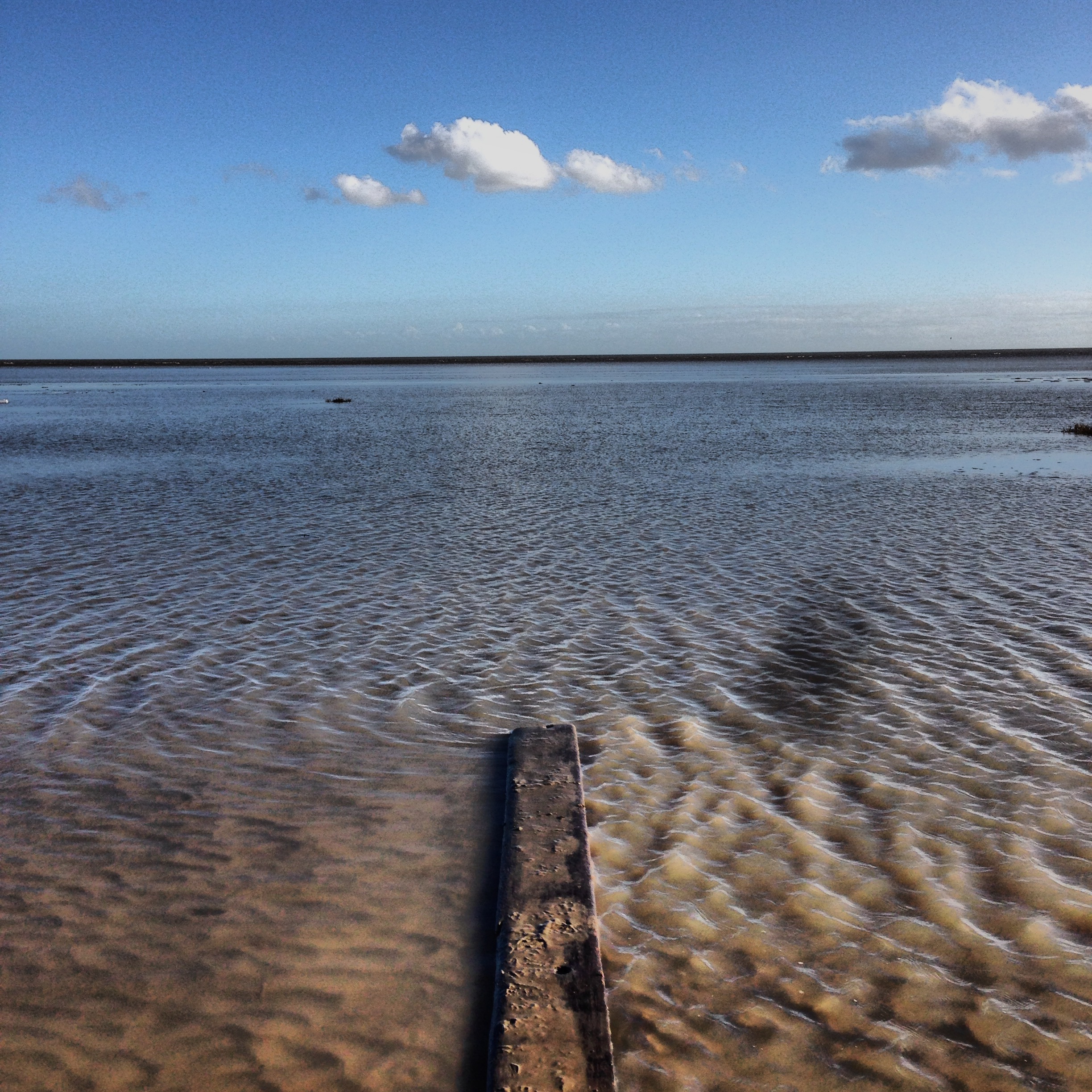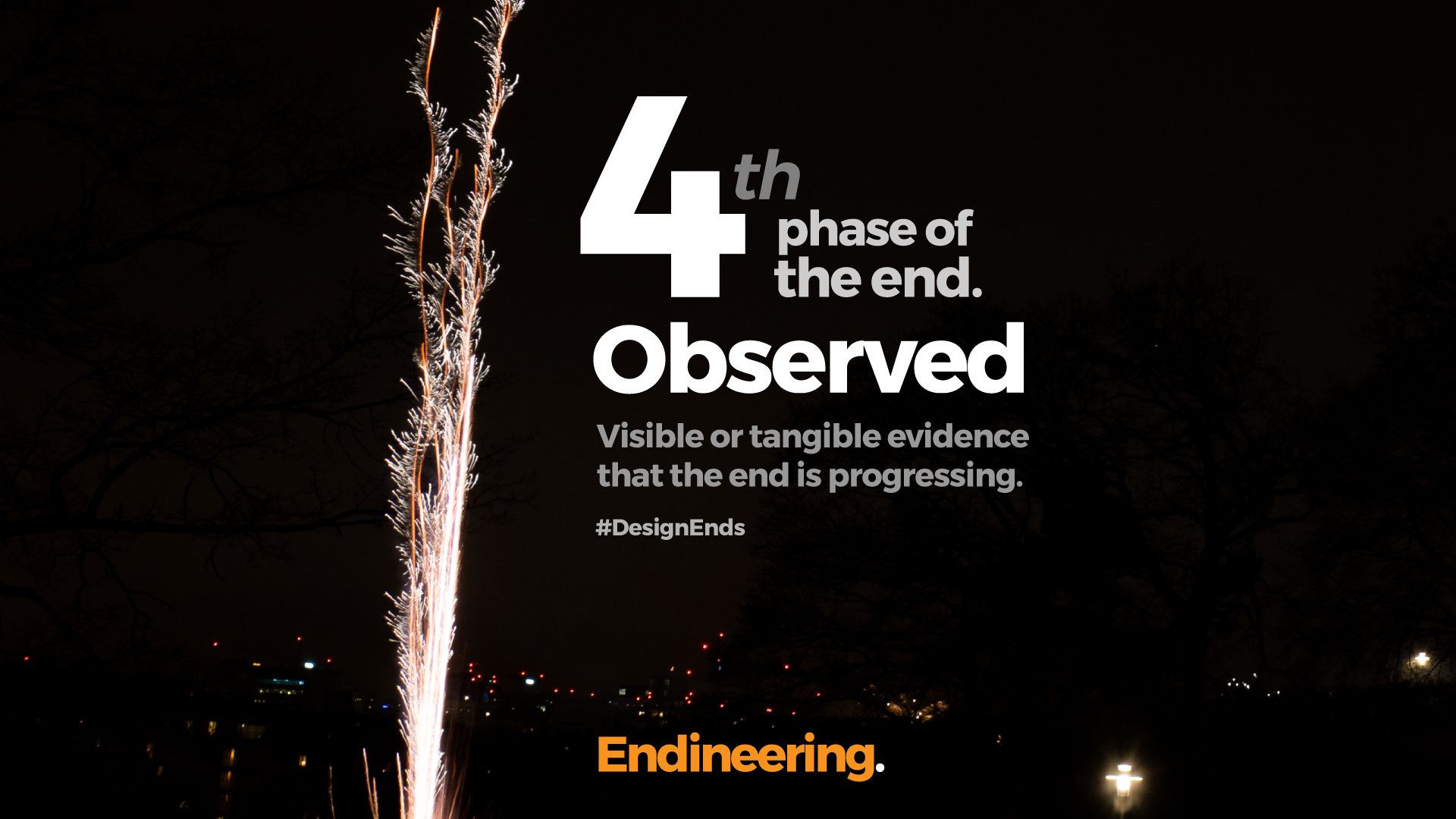

Phase 4. Observed.
There are 7 phases of the consumer off-boarding experience. Each one has different characteristics, needs and opportunities. The fourth of these phases is Observed, where the consumer experiences visible or tangible evidence that the end is progressing.
